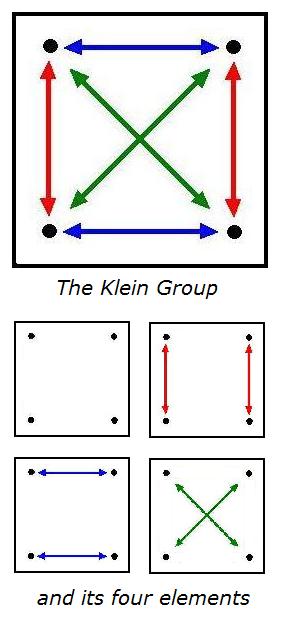From the May Day 2016 link above, in "Sunday Appetizer from 1984" —
The 2015 German edition of Beautiful Mathematics , a 2011 Mathematical Association of America (MAA) book, was retitled Mathematische Appetithäppchen — Mathematical Appetizers . The German edition mentions the author's source, omitted in the original American edition, for his section 5.17, "A Group of Operations" (in German, 5.17, "Eine Gruppe von Operationen")—
That source was a document that has been on the Web since 2002. The document was submitted to the MAA in 1984 but was rejected. The German edition omits the document's title, and describes it as merely a source for "further information on this subject area." |
From the Gap Dance link above, in "Reading for Devil's Night" —
“Das Nichts nichtet.” — Martin Heidegger.
And "Appropriation Appropriates."












